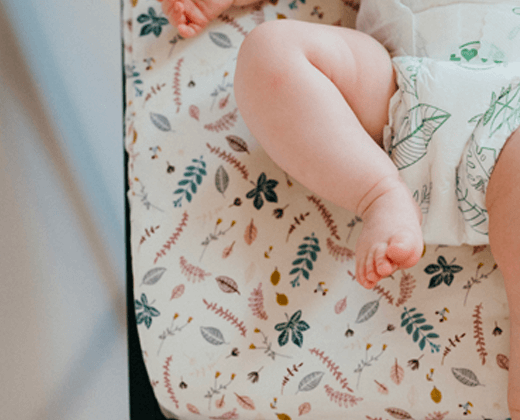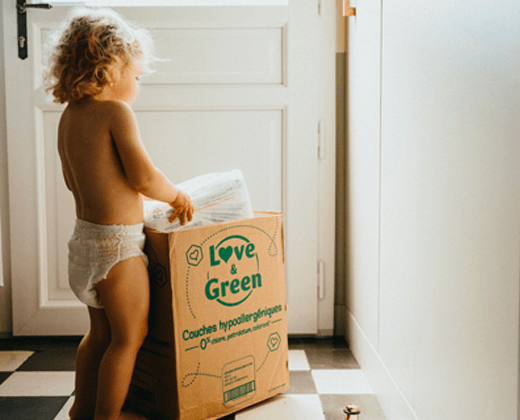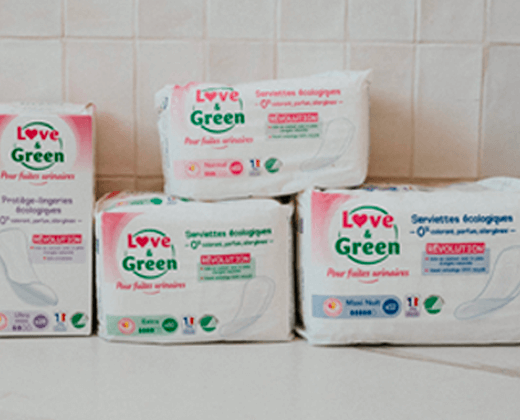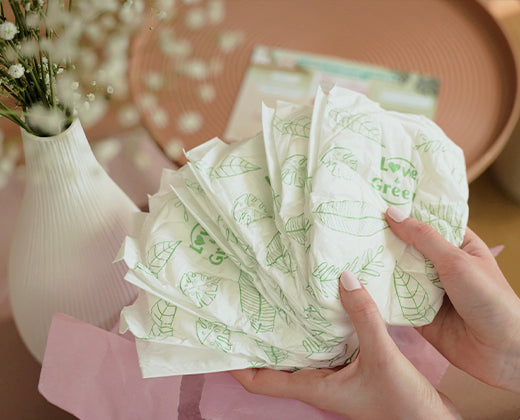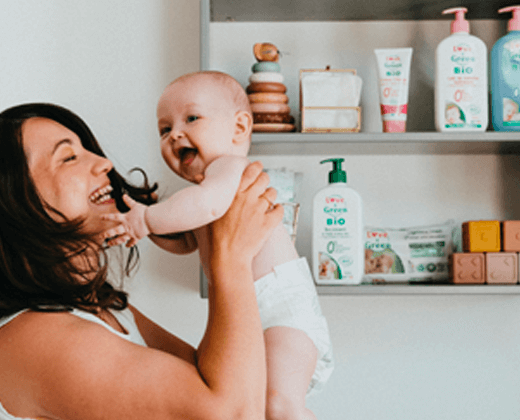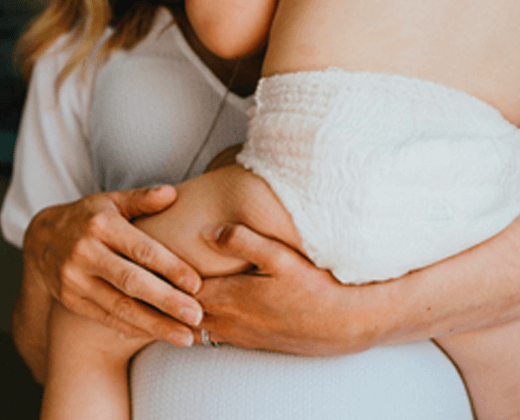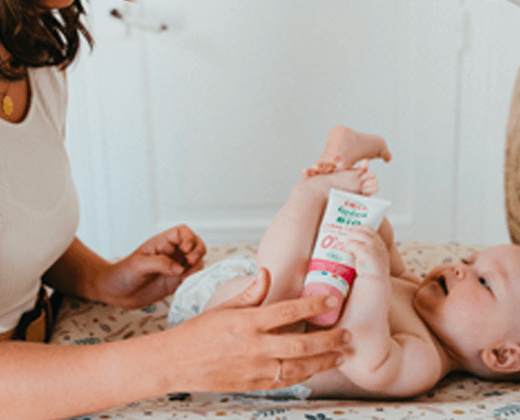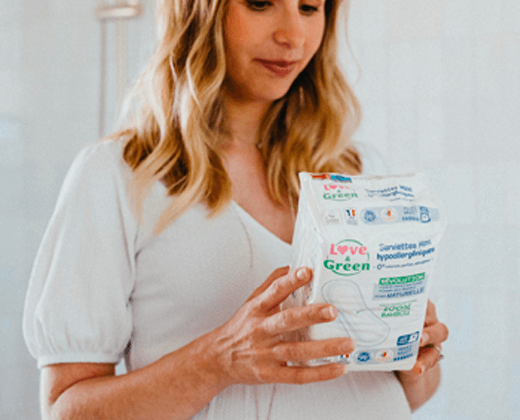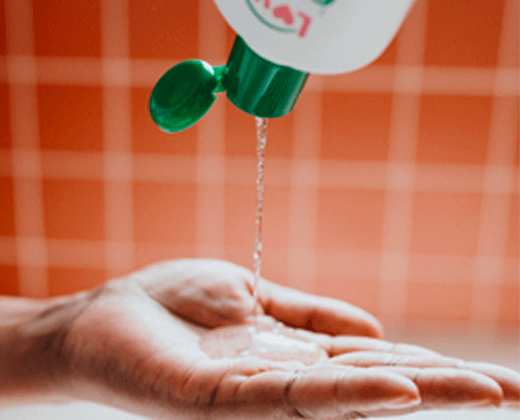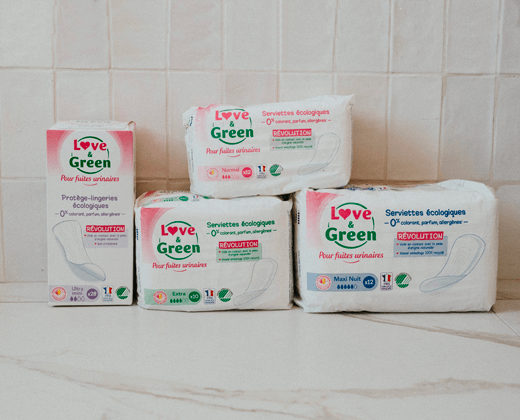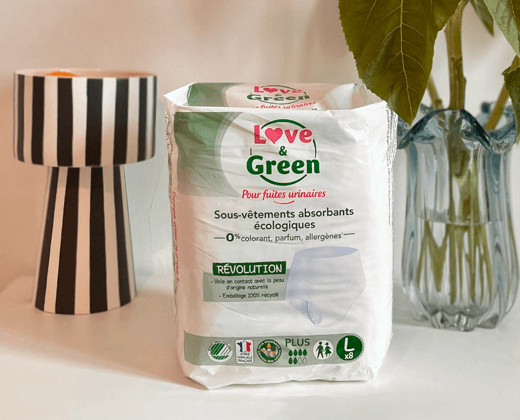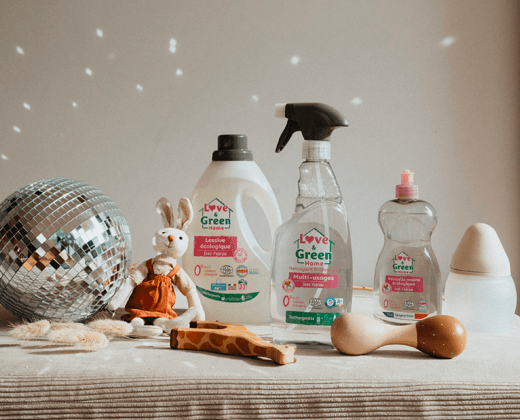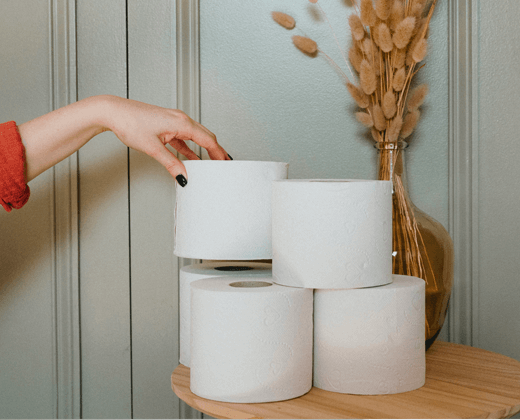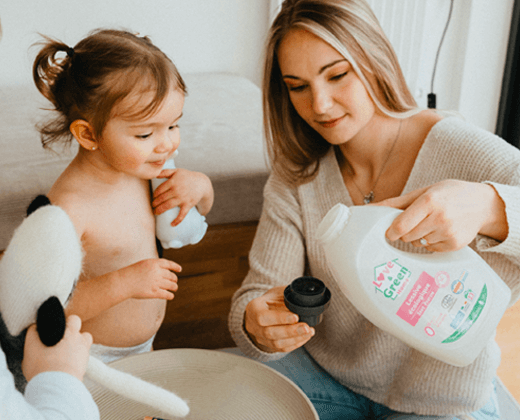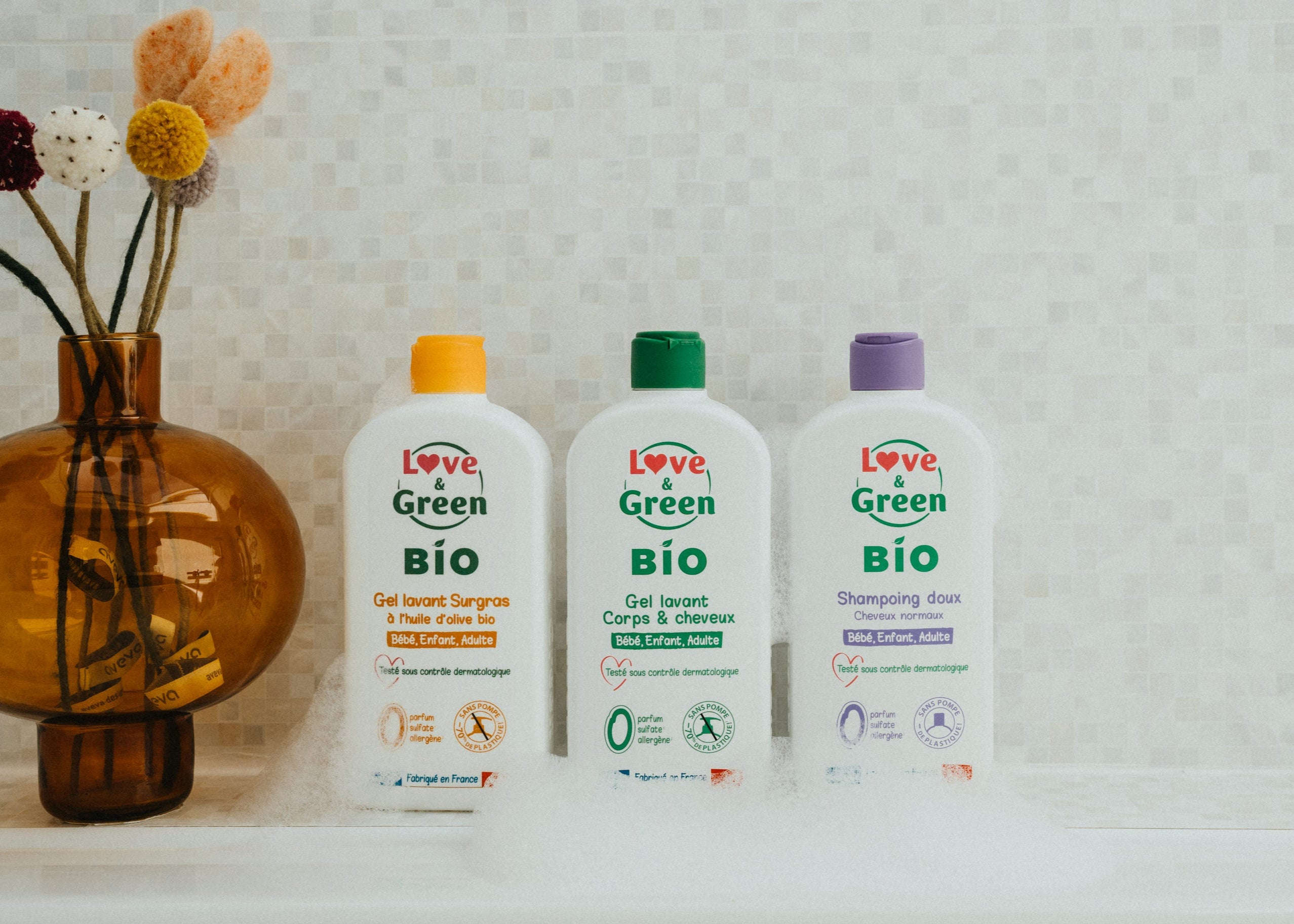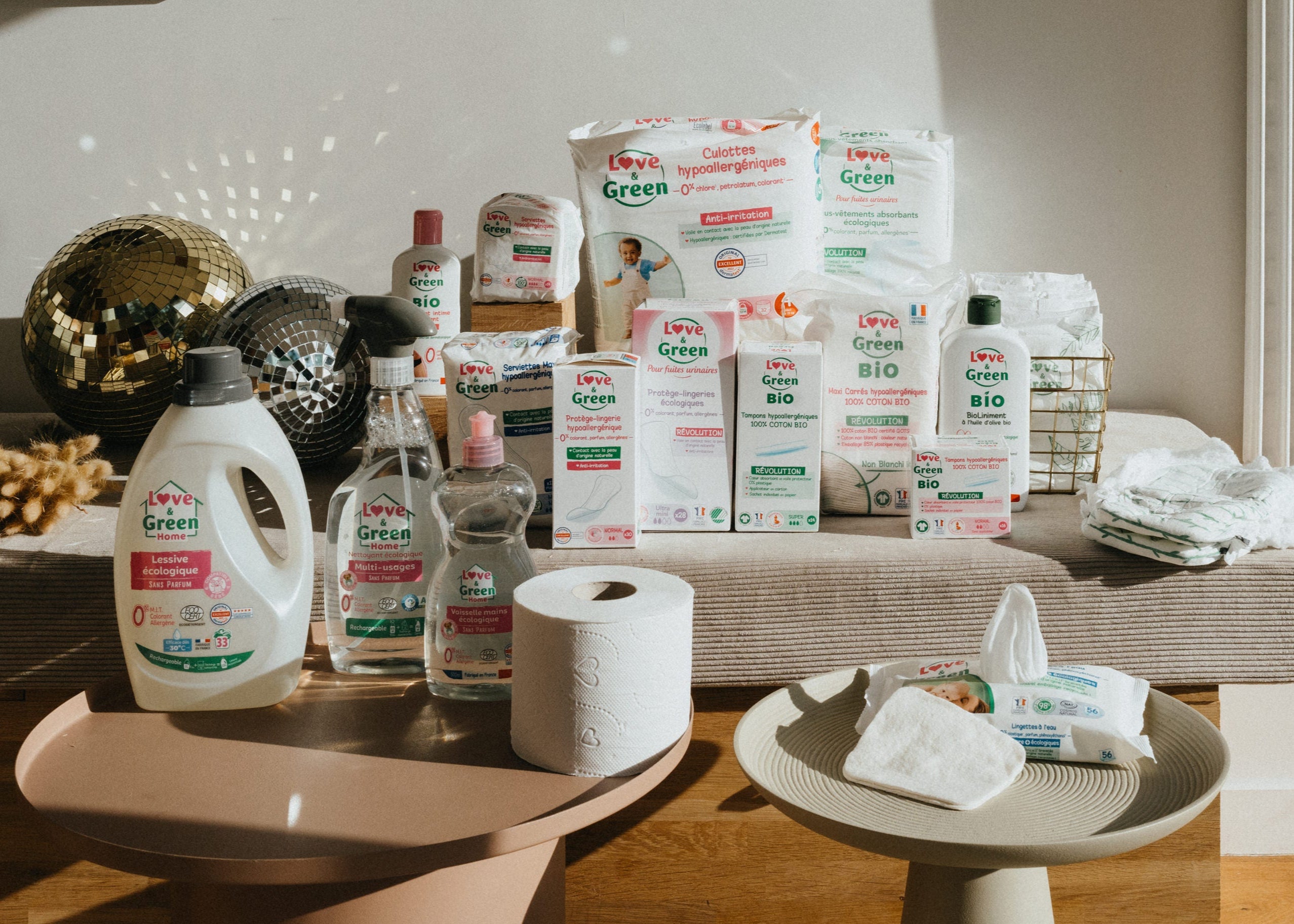Does your toddlers have all red buttocks? The irritation of the siege, also called the gluteal erythema, is a frequent problem in babies: particularly present during the first months of life, it can persist until the age of 15 months. Generally benign, redness can nevertheless be painful. Here is everything you need to know to avoid them.
What is gluteal erythema?
The gluteal erythema is an inflammation of the skin. It often results from prolonged contact with a dirty layer: the pH of the urine and the digestive enzymes present in the excrement is indeed very irritating. During colds or other viral or bacterial disease, or dental thrust, soft and acid stools can also be involved. Finally, in some children with delicate skin, the rubbing of the layer is sometimes enough to create irritations. You also have to look at which materials is made up of the veil in contact with the baby's baby's skin. And favor natural materials. This is also the case for perfumes or other irritating substances added by certain brands, or even products used to maintain layers if these are washable (disinfectant, detergent, softening ...).
Note: the irritated buttocks are generally without gravity. In some rarer cases, they can, however, testify to an infection to candidates, a fungus that is readily accommodated in the folds of the skin. Your child's seat has bright red plates and the problem has persisted for at least four days? In this case, it is better to consult your doctor or your pediatrician: a suitable treatment will allow you to relieve your baby as quickly as possible.
How to protect baby buttocks?
Is your newborn in the irritated buttocks? To limit this phenomenon, the first thing to do is to increase the frequency of foreign exchange: the less your child will remain in contact with his stool and his urine, and the less he will develop redness. The right frequency: five to six times a 24 hours. And in case of stool, change baby without delay. If irritations appear all the same, try to leave your child with the buttocks in the air as often as possible to remove the friction.
Change: Good gestures!
If necessary, replace the cleaning and care products used during the exchange. In general, it is advisable by midwives to use liniment: only 3 ingredients, including olive oil, which allows to leave a thin protective layer on the baby's buttocks. Favor a liniment with 3 ingredients and only olive oil, such as the Bioliniment Love & Green .
In order to treat redness, you can spread a cream specifically formulated for the exchange: soothing and protective. Favor formulas without zinc oxide. Zinc oxide is one of nanoparticles, or ANSM recommends avoiding its application on injured skins (potential toxic and carcinogenic effects). They also have the advantage of isolating the child's skin of humidity.
What if you change diapers?
Do not hesitate to change the brand of diapers if you usually use a classic product. Respectful of the skin, the ecological layers have a healthier composition and thus help to limit the irritation factors. Their veil in contact with baby's skin is 100% natural origin, less irritating than polypropylene. Just as absorbent as traditional layers, they should help you completely remove redness, short and long -term.
Also remember to check that the size of the diapers is well suited to that of your baby. Indeed, annoying friction can sometimes come from too large a layer ... However, the diapers should not be too tight! Good to know: you can use a size until the self -adhesive strips reach their maximum position.

